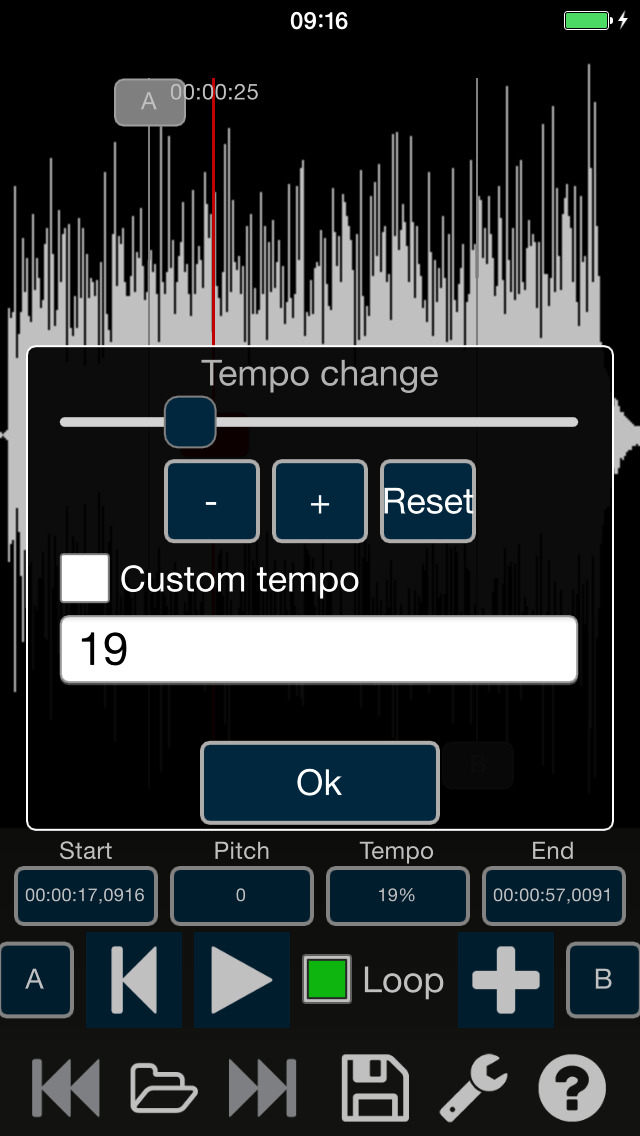
But if you want to make music for meditation and relaxation. Most 432Hz music that is made, is made by only changing the pitch. On the top, you can see what’s called Equal temperament, and on the bottom Pythagorian. Here is that tool: The Advanced Way To Make 432Hz Music (With Pythagorean Tuning) Here is an image taken from the piano Addictive keys. You upload your music file, process it, and then download it again. There is a simple online tool you can use called the “432hz converter”. You can export the project as a Wav or Mp3 file, import it back again, and then pitch it down -32 cents. You can manually change the pitch in every plugin and sample to -32 cents. Put it at -32 centsįor all other DAWs: check if you have a master pitch slider, if you don’t. Put microtuner as an effect on your plugins, and it will change the pitch of the plugin for you. But you can tune each sample individually as well as use a free software tool called microtuner. In Ableton: Ableton doesn’t have a global tuning knob. In Logic: Go into the settings, select tuning, and slide the “software instrument pitch” down to -32 cents. In FL Studio: Slide the master pitch down -32 cents. If your program supports it, you can also change the pitch within the program itself for all of the plugins at once. This is because most music production software and plugins measure the pitch in cents and not in hertz. To create music in 432Hz you need to pitch all of your plugins and samples down -32 cents. I will show you two sets of techniques for making music at 432Hz. In this tutorial, I will explain how to use music production software such as Logic, Ableton, or FL studio for creating music in this pitch. Remember that you can mess up your system if you modify the wrong values, so take care while editing the registry.Music made in the pitch of 432Hz has got a lot of attention recently. Open a Registry Editor window by typing regedit into the Start Menu. If a game refuses to start because you "don't have enough VRAM," upping this value might fix that. This doesn't actually increase your VRAM it just modifies that dummy value.

Thus, you can modify a Registry value to change the amount VRAM your system reports to games. The system reports that dummy value simply so games see something when they check how much VRAM you have. In fact, for integrated graphics, the Dedicated Video Memory value is completely fictitious. Faking a VRAM Increase in Windowsīecause most integrated graphics solutions automatically adjust to use the amount of system RAM they need, the details reported in the Adapter Properties window don't really matter.

If you can't change it, there's a workaround that might help you.

Not every CPU or BIOS has this option, though. The default is usually 128MB try upping this to 256MB or 512MB if you have enough to spare. These should contain an option to adjust how much memory you allocate to the GPU.


 0 kommentar(er)
0 kommentar(er)
